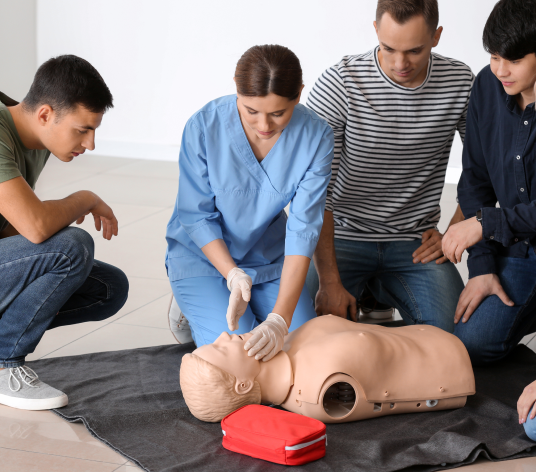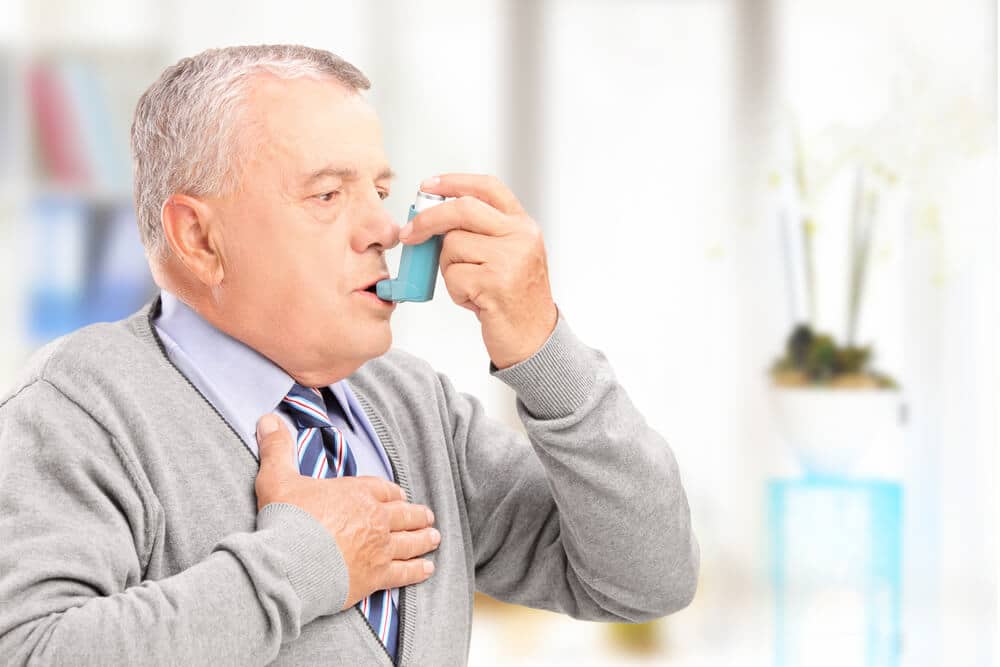Online First Aid Course
Learn how to provide essential care before emergency responders arrive with our 100% Online First Aid Course. Receive instant certification valid for 2 years, plus unlimited quiz retakes.

Learn how to provide essential care before emergency responders arrive with our 100% Online First Aid Course. Receive instant certification valid for 2 years, plus unlimited quiz retakes.
| Chapters | 24 |
|---|---|
| CE Credits | 6.0 |
| Validity | 2 Years |
| Cost | $36.95 |
| Duration | 2-3 Hrs |
| ECC | Compliant |
| Exam Attempts | Unlimited |
| Wallet Card | Download/Print/Mail |
A breathing emergency is any serious issue that affects a person’s ability to breathe. It can be as mild as shortness of breath or as severe as complete inability to breathe, and always requires immediate attention.
There are many causes that may lead to a breathing emergency, such as
Other common triggers include
Signs to look for include very fast or slow breathing, chest pain, coughing, confusion, noisy breathing (like wheezing), or a pale or blue face, lips, or fingers. The person may also seem panicked or complain of shortness of breath.
One common example is asthma. It’s a major cause of hospitalization, especially among children. People with asthma usually know their triggers and often carry an inhaler. Triggers can include things like smoke, dust, pets, perfume, mold, exercise, stress, or sudden temperature changes.
